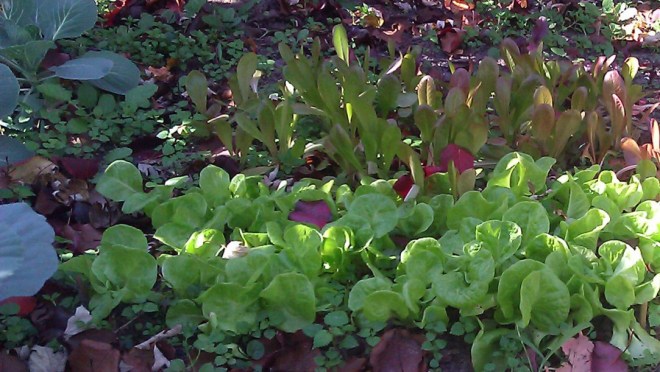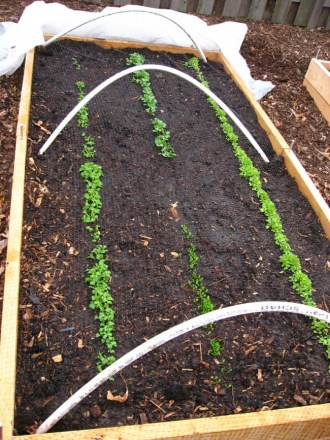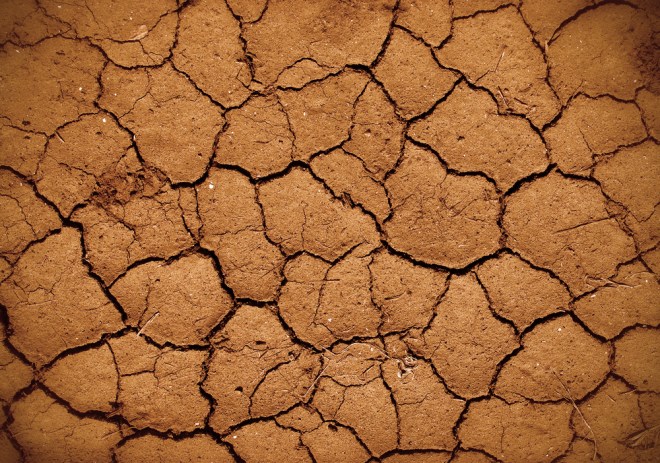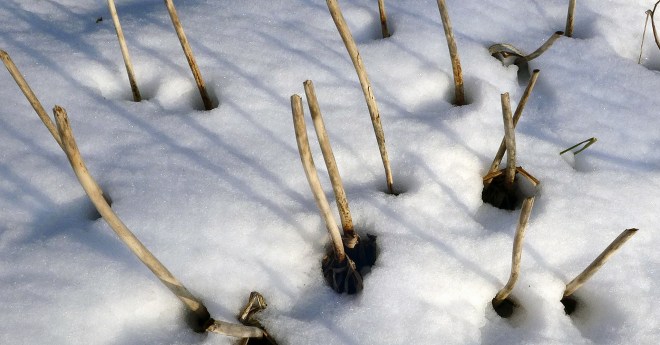The western half of the U.S. has been a wee bit dry this year, as you may have heard. Rather than battling the drought, I decided to forego gardening over the summer. But now that we are headed into what is supposed to be a wet winter, I’m itching get some plants in the ground for a winter garden.
The problem is, even though I’ve used the term “winter garden” plenty of times, I don’t know exactly what one looks like, or how to do it right. So I’ve called up some experts and asked for tips. The most useful tip of all, however, may simply be knowing who those experts are and how to get their advice.
Of course, you can always go to your local nursery and ask for help. But if you want to talk to someone who isn’t also trying something new, you should know that the government trains people to help answer your questions. Just as the U.S. provides farmers with advisers through the cooperative extension service, it also provides master gardener programs for hobbyists. It’s a free service that offers classes and a place to call and ask for advice. You can find your local program here. Also, if you are looking to do specific troubleshooting online, check out PlantVillage, a nonprofit information hub.
Is it too late to start a winter garden?
Not in the South and coastal West
Here in lowland California where I live, it’s still pretty warm, but I’m right on the edge. “It’s certainly not too late, but it’s time to act now if you are going to act,” said Missy Gable, director of the University of California Master Gardener Program. “If you were going to start from seeds you should have started a month ago, but fortunately the really smart people at the nurseries have already done that for you.” That is, you can go buy plants that have already started.
Tougher in the Midwest and Northeast or the mountains
That’s not so likely if you live in the increasingly frigid Northeast or Midwest. Phyllis Rosenblum has worked as the master gardener for Albany County, N.Y., for nearly 40 years, and she told me that I wouldn’t have any luck finding kale starts in her part of the world. “The nurseries are all full of pumpkins and mums right now,” she said. That’s because it’s really too late to start a winter garden there, at least out in the open. The temperature is already dropping below freezing at night.
Nonetheless, Rosenblum says that if you put some plastic sheeting or cloth over a couple of hoops, or lay a greenhouse panel over a raised bed, you could keep loose leaf lettuce or spinach from freezing, and could be getting salad greens until Christmas. Something like this.
What to plant?
Cold weather
If you planned ahead and planted kale or brussels sprouts back in July, or earlier, that would have been great. They do well in the cold, but at this point it will take them too long to get established, unless you can find starts in a nursery. That’s why Rosenblum recommends the fast-starting spinach or lettuces. Get the seeds going while warm, indoors, and you can speed things up a bit. You can also get hardy greens in the ground in preparation for spring. Rosenblum says greens like arugula can suffer through the winter and then pop up with a head start when it thaws.
Temperate weather
A lot of things will grow — the key is planting things that you will enjoy eating. What’s fun to plant may not be fun to eat. Gable admits to sometimes getting swept away in the excitement of planting one of every variety of beet she finds. “My husband sat me down and said, ‘Please. I really can’t eat any more beets for dinner.”
Still, she recommends planting a few beets — roast them, steam them, make beet gratin or beet chips — along with dino kale (also good for chips) and fava beans (good for the flowers as well as the taste). One of her family’s favorites is snow globe cauliflower: “Lop it in half and roast it with olive oil, pine nuts, and parsley,” she said. Multicolored swiss chard is also always a good standby — beautiful in the garden and on the plate.
Recovering from drought
If, like me, your garden hasn’t seen much water this summer, the soil may be in poor shape. In my raised bed, water beads off the surface and doesn’t penetrate the earth evenly. Gable recommends breaking up dirt and incorporating compost thoroughly. Compost adds organic matter, which helps the soil hold water. It also provides a wide spectrum of nutrients, which help plants grow and fight off pests and disease.
Gable suggested wetting the soil and turning it in the morning, then again midday, then again in the evening, going a little deeper each time. After doing all that, you can plant the next day, she said.
Growing indoors
Rosenblum says it’s pretty hard to fight the winter in a place like upstate New York. “I finish my garden in October and I’m just happy to be done for the winter,” she said. But for people who want to have something growing, she says it’s pretty easy to set up a little light unit for an indoor garden. “Hang a four-foot fluorescent tube light on a couple chains, with a timer on in, and you could get 60 plants going.” Here’s a guide to building something like that, and a little more information on getting seeds to germinate indoors.
*
I was asking these master gardeners about vegetables for the kitchen garden, but Rosenblum couldn’t resist adding one non-food recommendation: “If you have any spare change, spend it on daffodil bulbs,” she said, “because you can never have enough! Now is the time.”








